Vegetable growing is too frequently thought of by gardeners as a summertime pastime. However, a variety of low maintenance veggies that will sprout and develop in the fall when degrees are lower. These veggies are renowned for their resilience to colder temperatures, and when the temperature decreases, they frequently get better in terms of aroma and taste.
Beets:

The milder earth temperatures in the fall, when the beets begin to develop, will yield tastier beets, but in summertime, beets may require some shadow protection in order to establish. They can withstand a little cold and will continue to develop until the initial hard cold. Beets can be marinated, preserved in containers, or kept in a cool place.
Carrots:
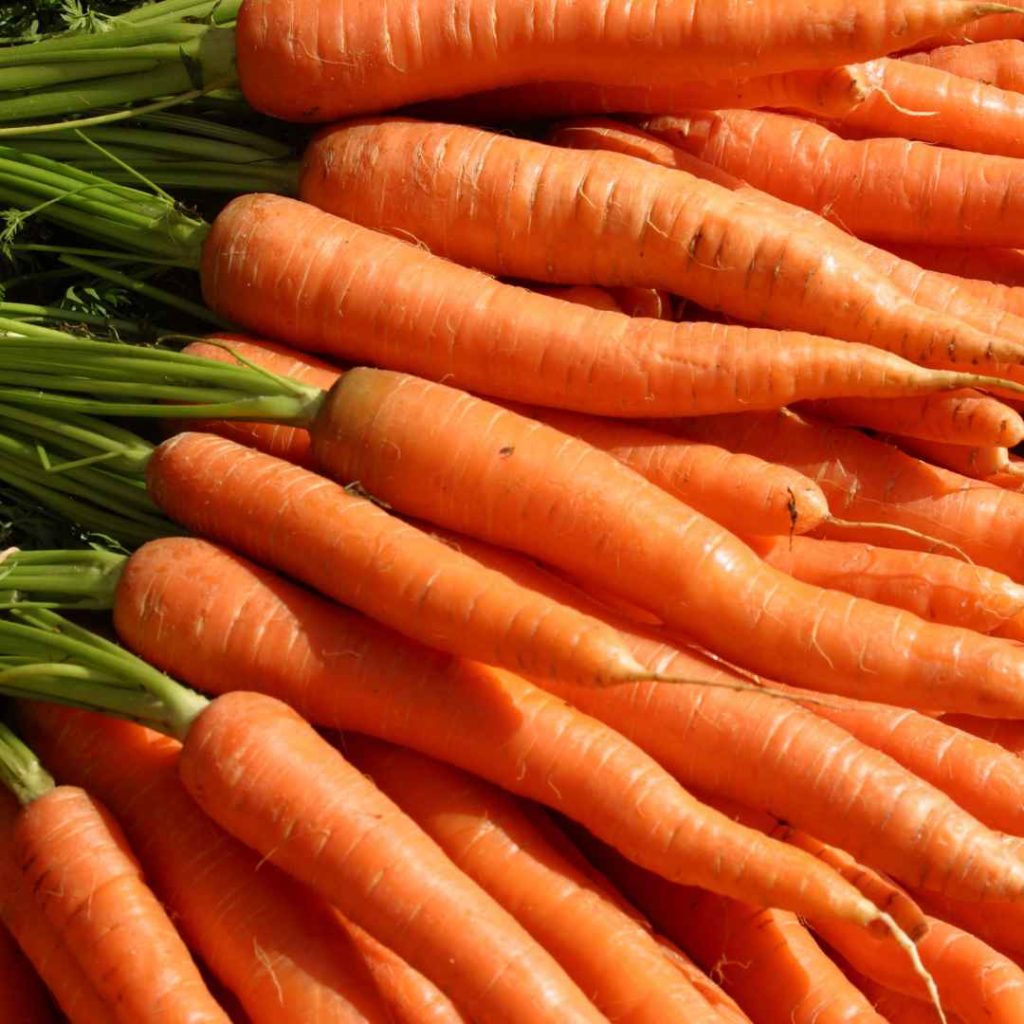
Carrots grown in cooler fall dirt will be more flavorful, like beets, with orange varieties being the most delightful. A healthy yield of carrots will last you through the colder months because they can be stored in a refrigeration unit for up to three months. They do most effectively when given time to reach adulthood, so don’t yank them too soon.
Sprouting Brussels:
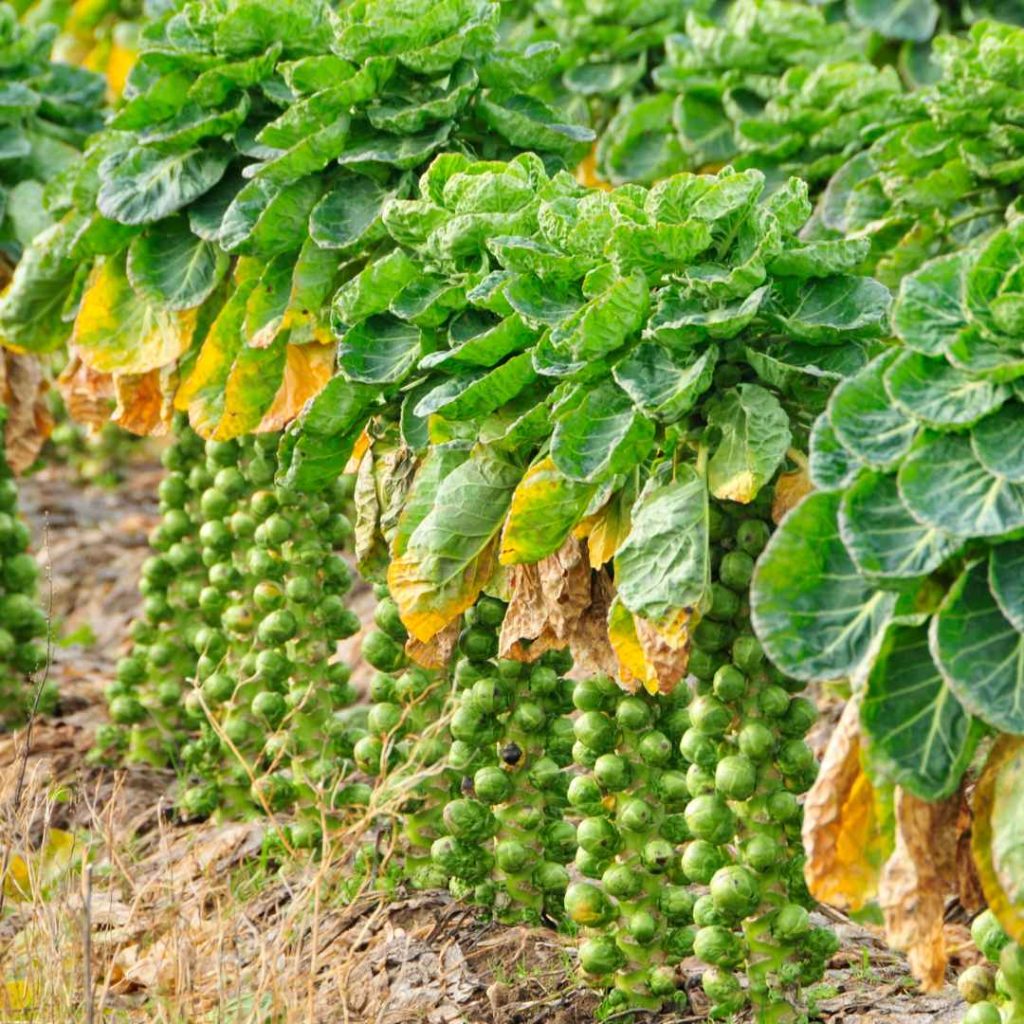
Brussels sprouts, a separate crop that thrives in the fall, are often the last crop to survive when fall gives way to December. Since they will keep happening to develop from the highest point, pick from the bottom up. Plant the Nasturtium and marigolds close by to assist with ward off caterpillars and cauliflower worms.
Broccoli:

Unlike spring-start broccoli young plants, late-summer-started broccoli seedlings are not susceptible to sporadic frost. They should be collected prior to the earliest hard cold, but if they have sufficiently grown up, they can withstand a light freeze. It’s advisable to start seedlings a little sooner and then relocate them in the middle of summertime because they require slightly more time to expand.
Sweet Potatoes:
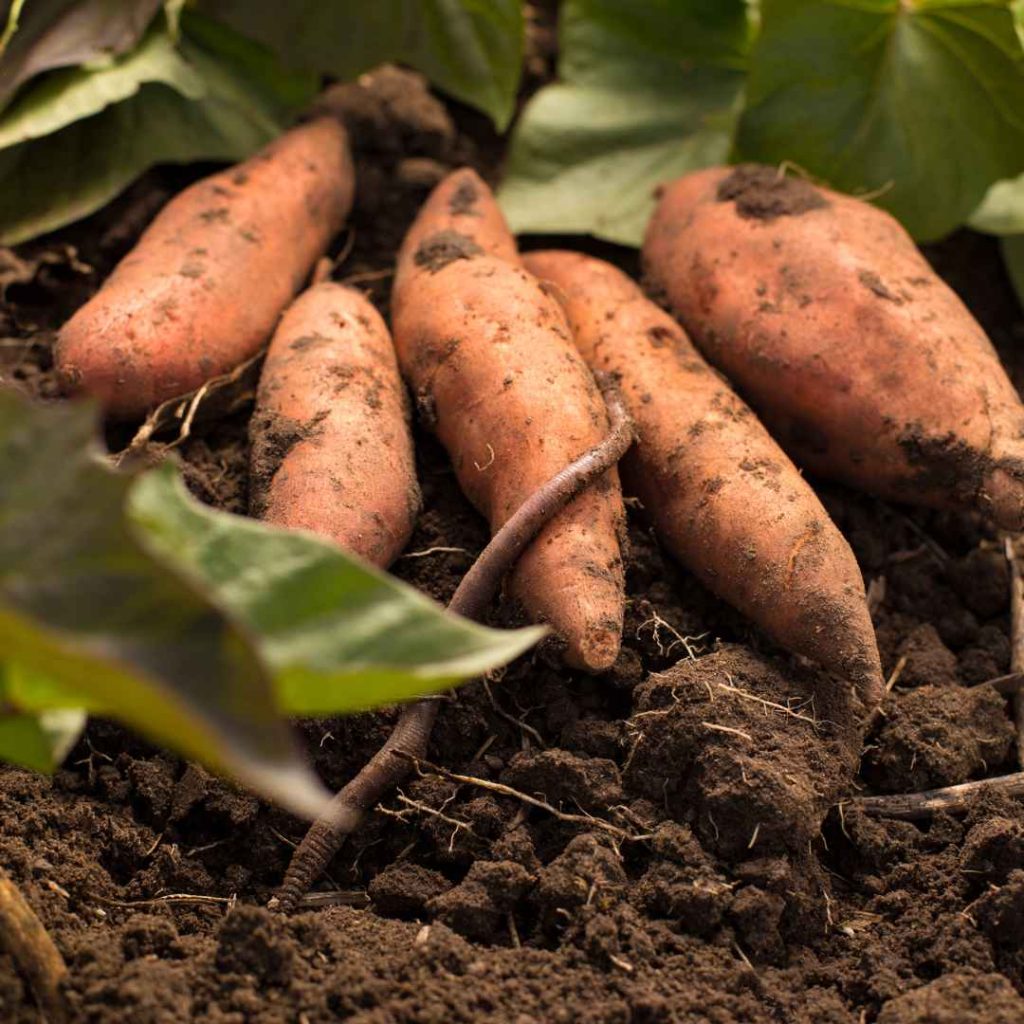
You are probably surprised to hear that potatoes, both flavorful and ordinary, might thrive in soil made from leftovers. Chop up a sprouting potato first, then arrange the slices sprout-side across a minimum 4 inches of ground.
After adding four more layers of the earth on the highest part of them, you should have vegetables in approximately three months! Double-check that the container is adequately sized to accommodate the veggies as they tend to grow rather big and you might need to keep pouring dirt to keep the potatoes protected as they become bigger.
Turnips:
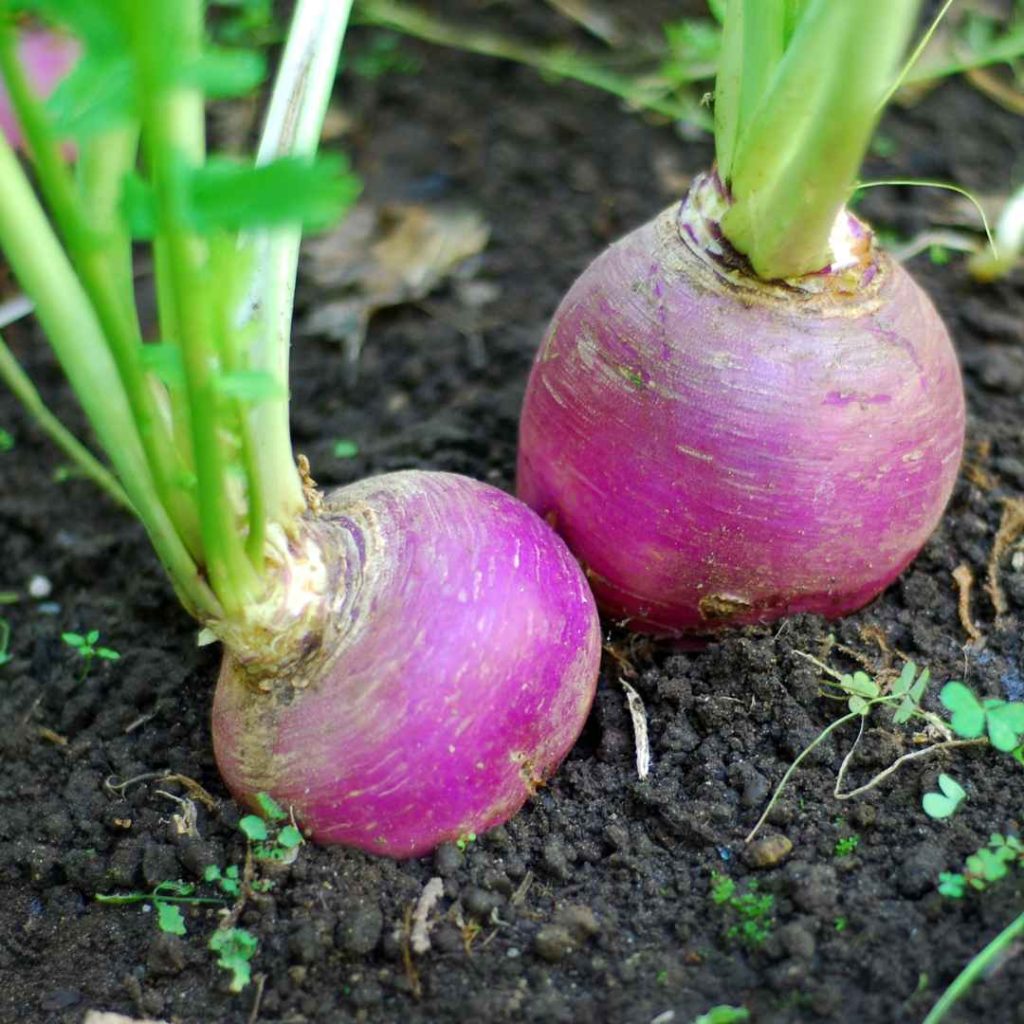
Turnips are another delectable veggie that you must cultivate inside of the home landscape. They are available in a wide range and may seem utilized to make a lot of delectable recipes. Turnips require huge planters that are around eight inches shallow to thrive domestically.
A substrate that is abundant in biological material and has a mild alkaline pH level is what you need to select. To get the ground correct, you possibly prefer to combine manure with standard gardening soil.
After seedlings are sown, put the container in bright sunlight and give the soil frequent watering. In approximately two weeks, you can expect to begin gathering your turnips.
Cucumbers:

Other veggies you may expand inside are cucumbers. A variety of cucumber seedlings on the marketplace designed especially to grow indoors. When equivalent to yard varieties of cucumber seedlings, they may be priced higher, but the outcome is sure to be superior.
Spacious planters ought to be used for the cucumbers. Plenty of room is required for cucumber proliferation. Recall that they are tendrils as well, therefore you will need to build an ascending framework and plant it in the container you purchased.
Cucumbers demand an appropriate temperature range of seventy-three to 79°F and plenty of lighting to flourish as far as environmental demands go. For optimal effects, make careful to maintain cooler temperatures at midnight.
Lettuce:

Lettuce is a fantastic product to grow promptly because it generally favors the serene, humid climate of the beginning of springtime and frequently requires shielding from harsh warmth throughout the growing period.
Consider employing a protective covering or Simple Dome to prepare the ground for sooner transplanting. Lettuce seedlings can be simply put into the greenhouse once the temperature has increased to four degrees Celsius or higher.
The ideal way to give the young plants an optimal beginning is to scatter the little seeds generously across the substrate and wrap with only a single layer of substrate, no deeper than 1 cm. You can use an Exact Twister or a screen for this. Trim the young plants based on the variety of lettuce after they reach a height of five centimeters and develop an array of the real foliage.
Different types of spike lettuce require a fifteen to thirty centimeter gap between them. Slice and Come Once more, variety can be arranged in chunks instead of rows with greater accuracy.
It’s an excellent choice to begin cultivating promptly and plant lettuce seedlings on a regular basis during the growing season for multiple crop yields because the lettuce plants flourish exceptionally brilliant in conditions between seven degrees and eighteen degrees Celsius.
Kale:

A highly healthy and adaptable agricultural product, kale produces an abundance of cut-and-come-again greenery in the beginning of July as well as in the fall.
As quickly as the substrate is feasible, kale sprouts can be sown in the vegetable patch for a springtime collection. Since they take a couple of weeks to grow into maturity, planting them promptly will enable you to begin gathering by the beginning of summer, when scorching temperatures may cause them to wrench. You can additionally gather earlier for mushy young kale leaflets to add to a salad preparation.
For full-sized kale, sow one centimeter deeply, and clip out sprouts after two weeks to space them ten to twelve centimeters away. You may collect more kale in the fall by sowing again in the final weeks of summertime, but for the tastiest kale, anticipate till the plants have experienced a severe freeze before collecting.
Swiss Chard:

Swiss chard is a hardy green veggie that can withstand extremes of warmth and cold. It grows more slowly in the summertime but picks up steam in the changing seasons when the outside climate drops; it thrives at twenty-one degrees Celsius or underneath.
When the earth heats to about ten degrees Celsius, carefully sow Swiss chard seedlings in lines twenty meters away. Based on whether you want lots of little salad greens or some bigger leaves that can be steamed for a plant material, you should thin the sprouts to be ten to thirty centimeters away.
Chard is a cut-and-come-again production; to maintain continual productivity, gather the outside foliage in the springtime, summertime, and autumn.
Peas:
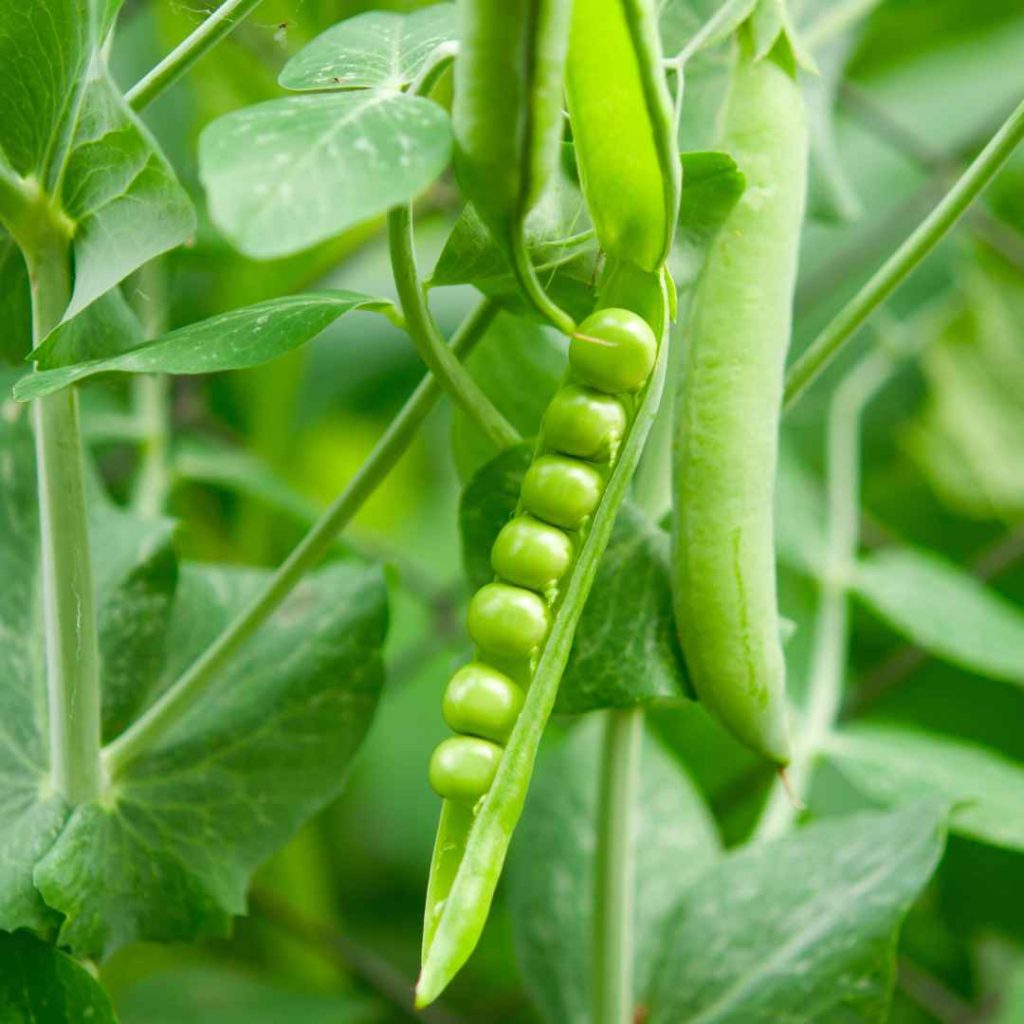
To take full advantage of your peas’ potential to regenerate nitrogen, plant them as quickly as possible. They tolerate mild chill and grow successfully in milder weather.
Spread peas three centimeters deeply, five centimeters separate, and twenty centimeters among lines. By using consecutive plantations, you can ensure consistent production and faster plant maturity once the ground grows warmer.
Peas require assistance as they grow; provide them using conventional pea stalks or burlap netting so they can climb up to a height of one and a half meters. In approximately sixty days, peas are supposed to be prepared for harvesting; to ensure the tastiest yield, pluck the kernels before they become tougher and less dense in appearance.
Bell Peppers:
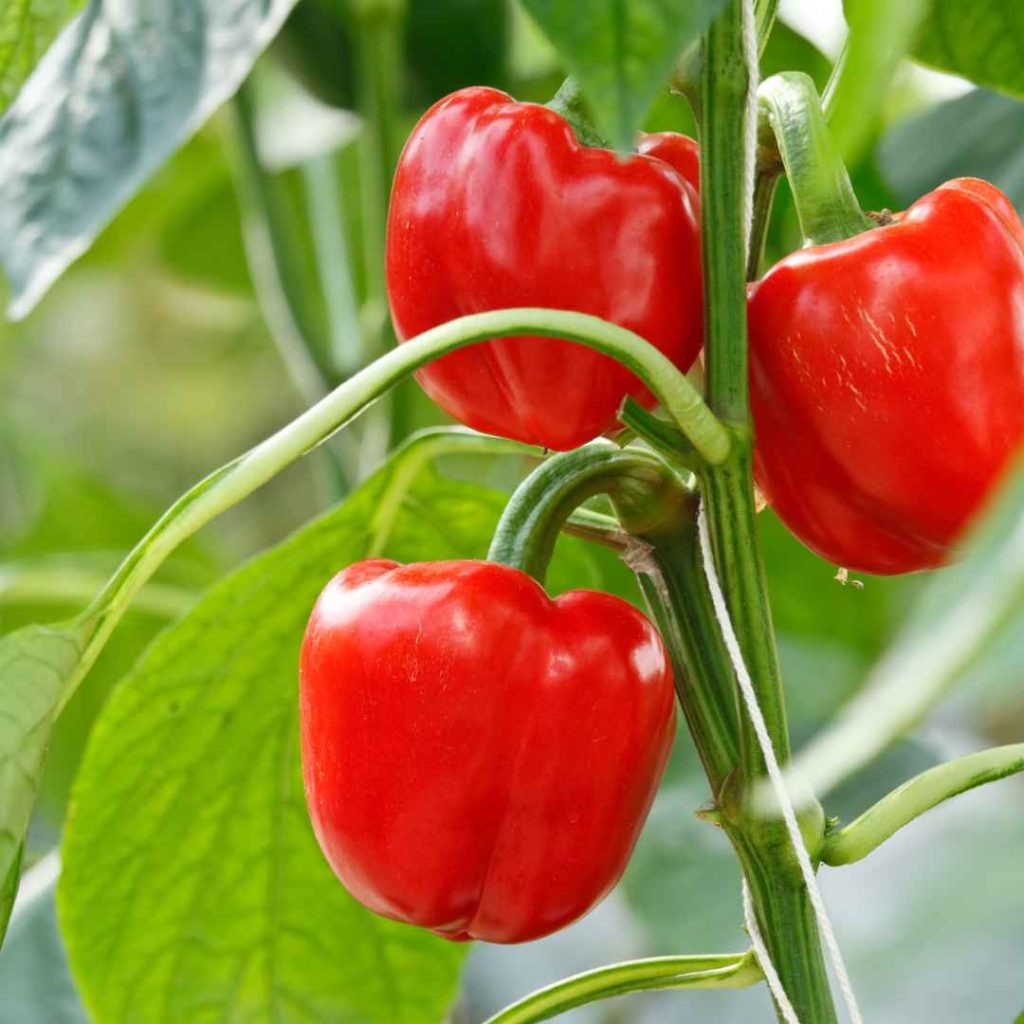
Bell peppers, either red or green, flourish well in a planter. When growing bell peppers, one factor to consider is the type of substrate you employ.
Because bell peppers require an abundance of vitamins and minerals, the most suitable soil for cultivation is a blend containing comparable parts vermiculite, moss from peat, and coarse gravel. You can create your personal fertilizer or get it purchased from a garden center.
In every container, you ought to insert a minimum of three bell pepper seedlings. The bell pepper containers should be kept in an enclosed space that is consistently around sixty-five to 75 degrees Fahrenheit. They should also be placed in an area in which they will receive sunlight frequently.
